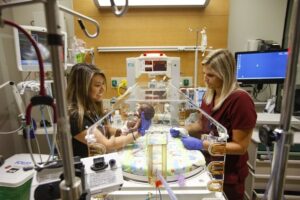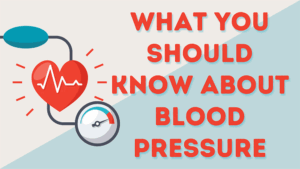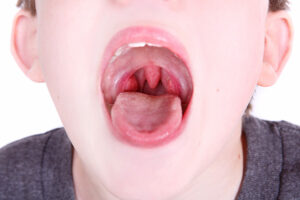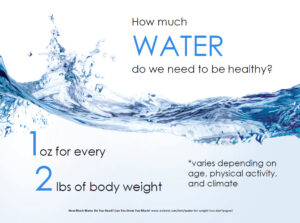Introduction: More Than Just Numbers on a Machine
When my mother was diagnosed with high blood pressure during a routine check-up, it wasn’t just a medical moment—it was a wake-up call. That number on the monitor wasn’t just “slightly elevated.” It was the beginning of a journey we hadn’t expected.

High blood pressure (Hypertension), or “उच्च रक्तचाप के” समस्या as referred to in Hindi, is often called the “silent killer.” Why? Because you can have dangerously high blood pressure and never feel a single symptom—until it’s too late.
In this blog, we’ll break down the causes, symptoms, and treatment of high blood pressure with a U.S.-based lens but in a globally relatable way.
What is High Blood Pressure?
Blood pressure is the force of blood pushing against the walls of your arteries. If this pressure stays high over time, it can cause serious health issues—like heart attacks, strokes, kidney damage, and even vision loss.
Normal vs. High Blood Pressure (According to the American Heart Association)
| Category | Systolic (Upper Number) | Diastolic (Lower Number) |
|---|---|---|
| Normal | Less than 120 | Less than 80 |
| Elevated | 120-129 | Less than 80 |
| Hypertension Stage 1 | 130–139 | 80–89 |
| Hypertension Stage 2 | 140 or higher | 90 or higher |
| Hypertensive Crisis | Over 180 | Over 120 |
Causes of High Blood Pressure (उच्च रक्तचाप के कारण)
High blood pressure can be caused by a mix of lifestyle choices, medical conditions, and genetics.
1. Lifestyle-Related Causes
These are often the most manageable:
High sodium intake (salt-heavy diets)
Lack of physical activity
Smoking
Excessive alcohol consumption
Obesity or overweight
According to the CDC, about 70% of U.S. adults consume too much sodium—mostly from processed or restaurant foods.
2. Medical and Biological Causes
Family history of hypertension
Chronic kidney disease
Diabetes
Thyroid issues
Sleep apnea
Pregnancy-related complications (preeclampsia)
3. Stress & Mental Health
Chronic stress doesn’t directly cause hypertension, but it leads to habits (like overeating, smoking, drinking) that raise your risk.
Symptoms of High Blood Pressure (उच्च रक्तचाप के लक्षण)
High blood pressure is usually asymptomatic—that’s what makes it so dangerous.
Common Symptoms (When It Gets Serious)
Headaches (especially in the morning)
Dizziness
Nosebleeds
Shortness of breath
Vision problems
Chest pain
Confusion or fatigue (in hypertensive crisis)
Remember: These symptoms usually occur when blood pressure is extremely high. Most people won’t feel any different until it’s too late.
Diagnosis and Monitoring
The U.S. Preventive Services Task Force recommends regular blood pressure screenings starting at age 18. For adults over 40 or those with risk factors (obesity, smoking, diabetes), it should be done annually.
Home Monitoring Devices
Use validated digital BP monitors
Take multiple readings at different times of the day
Record and share with your healthcare provider
Treatment of High Blood Pressure (उच्च रक्तचाप का उपचार)
1. Lifestyle Modifications — Your First Line of Defense
DASH Diet (Dietary Approaches to Stop Hypertension):
Rich in fruits, vegetables, whole grains, and low-fat dairy
Low in saturated fat and sodium
Exercise:
150 minutes/week of moderate aerobic activity (like brisk walking)
strength training 2x per week
Weight Loss:
Losing just 5–10% of your body weight can significantly lower blood pressure.
Alcohol & Smoking:
Limit alcohol to 1 drink/day for women and 2 drinks/day for men
Quit smoking entirely—there’s no safe level
2. Medications (When Lifestyle Changes Aren’t Enough)
Doctors may prescribe:
Diuretics (helps eliminate excess sodium and water)
ACE Inhibitors / ARBs (relaxes blood vessels)
Beta-blockers (slows heart rate)
Calcium Channel Blockers (relaxes vessel walls)
Medication is typically tailored to the patient’s age, race, kidney function, and comorbidities like diabetes.
Never adjust or stop medication without your doctor’s guidance—even if your BP seems normal.
3. Managing Resistant Hypertension
If BP remains high despite using 3+ medications, it’s called resistant hypertension. Common causes include:
Incorrect BP measurement
Undiagnosed secondary causes
Medication interactions
Poor lifestyle adherence
Advanced treatments like renal denervation or device-based therapy are sometimes considered.
Visual Snapshot — High Blood Pressure Management Flow
Routine Check-up
Blood Pressure Elevated?
Lifestyle Modifications
Medications (if required)
Target BP < 130/80 mmHg
Follow-ups + Home Monitoring
Unique Insights & Real Experiences
My Story: My mother, with zero symptoms, only found out her BP was 160/100 during an eye check-up. It took diet changes, 20-minute walks, and a low-dose ACE inhibitor to bring it down within 3 months.
A Note for South Asians in the U.S.: Studies show we’re at higher risk due to genetic predisposition and salt sensitivity. It’s crucial to monitor and act early.
Prevention Tips in a Nutshell
| Tip | Why It Works |
|---|---|
| Eat more potassium-rich foods | Balances sodium levels |
| Reduce processed food intake | Cuts hidden sodium |
| Track BP at home | Catches silent spikes |
| Stay consistent with medications | Prevents rebound hypertension |
| Manage stress (meditation, yoga) | Reduces cortisol, supports heart |
Final Thoughts & Call-to-Action
High blood pressure doesn’t mean panic. It means power.
Power to take control, to ask questions, and to live better. Whether you’re in the U.S. or elsewhere, understanding the causes, symptoms, and treatment of उच्च रक्तचाप के can truly save lives.
What You Can Do Next:
Book a blood pressure screening if you haven’t in 6 months
Share this blog with someone over age 40
Start a BP tracking journal or app today
Subscribe to our health newsletter for more science-backed guides








